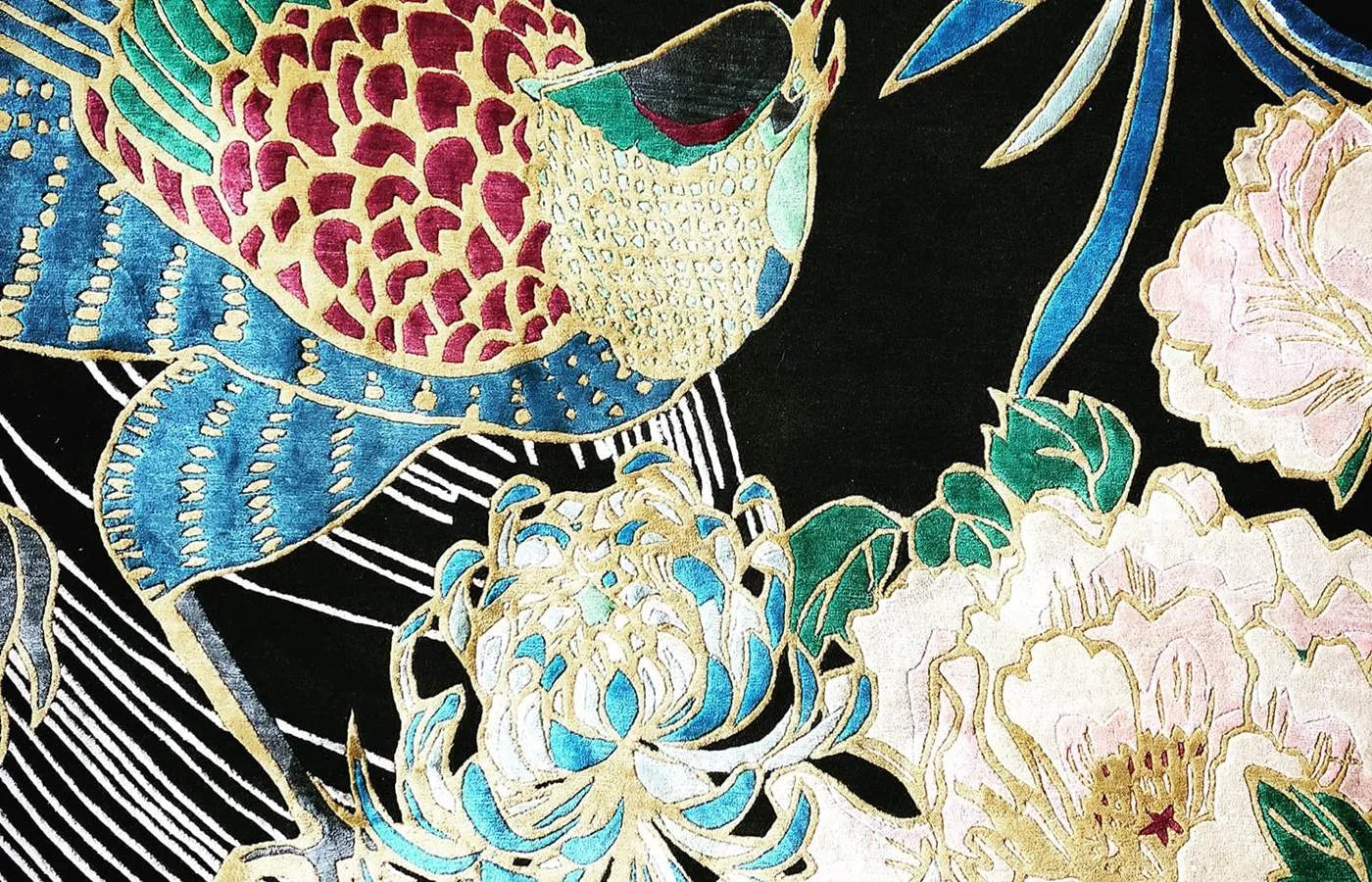
Looking for an injection of style, colour and joy? Chinoiserie could be just the remedy
Chinoiserie is one of Wendy Morrison’s favourite things. Drawing inspiration from nature, tropical birds, flowers and elaborate scenery, this decorative art has been hugely influential on everything from architecture to painting and interior design for centuries.
‘I fell in love with chinoiserie more than 20 years ago,’ Wendy explains. ‘I became more aware of the style when I discovered the art of Feng shui, which was just the start of my interest in Eastern philosophies. I practised tai chi and was fascinated by its spiritual aspect and my interest grew from there.

Timeless beauty
‘Featuring birds, flowers, palm trees, dragons and pagodas, chinoiserie is full of pretty, colourful details and lends itself to creating timeless beauty,’ Wendy says. ‘It is such an elegant and charming style, full of joyful elements, that it makes it easy to incorporate into any room of the home. Because it is so full of detail, it draws the eye again and again.’
Derived from the French word ‘chinois’, meaning ‘Chinese’ or ‘after the Chinese taste’, chinoiserie did not come directly from Asia, but is a Western style of decorative art that drew inspiration from Chinese motifs and techniques. Originating in Europe in the 17th century, the style became hugely popular in the 18th century as trading links with China and East Asia developed, and the fascination with Asian cultures grew.
"Colours are definitely a driver for me and I’m drawn to certain combinations, although they do tend to change frequently! But green, pink and lilac are deep-rooted favourites; green for growth, pink for love and lilac for that little bit of inspirational insight. I feel the colours used in Joie de Vivre are hopeful and joyful, and they certainly played their part in inspiring this design"
WENDY

Starting point
‘When it comes to a new design, there is always an initial idea in my head. It takes time to sketch and play with the elements to get to a place where I feel it is right. With Joie de Vivre, I played around with a lot of trees and florals in early sketches, and it took a while to get the balance just right. Working on early ideas for our collaboration with Monoprix, I also had lots of fun visualising this design on a kimono and dress.
‘As a long-time admirer of de Gournay - the Paris showroom is somewhere I love to visit - Joie de Vivre was also inspired by their pictorial wall coverings, which tell beautiful stories and create wonderful spaces,’ Wendy adds.

Pictorial story
Full of life and vibrancy, Joie de Vivre is also an elegant design; a pictorial story that encourages you to consider every element. Full of joyful detail, this is a rug that draws attention without demanding it. She is there to be noticed, but will work beautifully in almost any room without overpowering the space. The green and lilac are eye-catching and grounding, with details in colours that can easily be picked up through accessories or fabrics to create a cohesive look. And if you are thinking about redesigning a room, we have some suggestions on how to use a rug as a starting point for a new look in our previous journal here.
The end result is a rug that we hope will bring joy and happiness to homes. The hand-knotted technique is a labour-intensive process, but one that helps create a high-quality rug made to be handed down through generations. A heritage piece that tells her own story and goes on to play a part in someone else’s story too.



